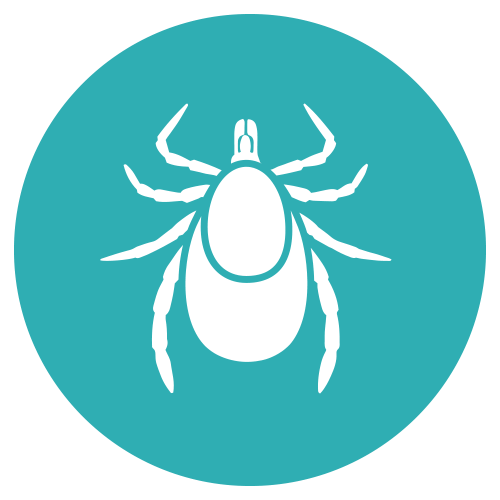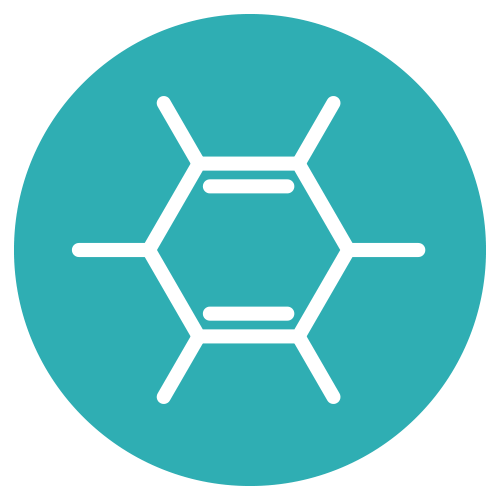Ectoparasites / vectors
Ae (Aedes aegypti) / tobd
| Treatment exposure modality: | Contact |
| Efficacy type: | Knock-down after 1h (%) Mortality 24h; 48h (%) |
| Stock solution: | 20 mM in EtOH |
| Compound quantity: | < 15 mg |
| Positive control: | Fipronil or Deltamethrin |
In Brief:
The Invenesis mosquito adult deterrent/repellent assay evaluates the effect of treated filter paper on Aedes aegypti adult female mortality and paralysis (knockdown effect).
Mosquitoes are acclimatized for 1h in a WHO cylindric plastic holding chamber and transferred in a treatment chamber containing the treated paper for 1h. After 1h exposure, mosquitoes are transferred to the holding chamber described above. Paralysis or events that can be visually measured are recorded directly after mosquitoes were transferred in the holding chamber after exposure to the test compound. Mortality is recorded 24h and 48h post exposure.
Definitions:
To ensure flawless communication, the following definition section introduces the vocabulary used at INVENesis. You will find this vocabulary on our quotes, raw data files, processed data files, preliminary and final reports. Open the Lexicon below.









